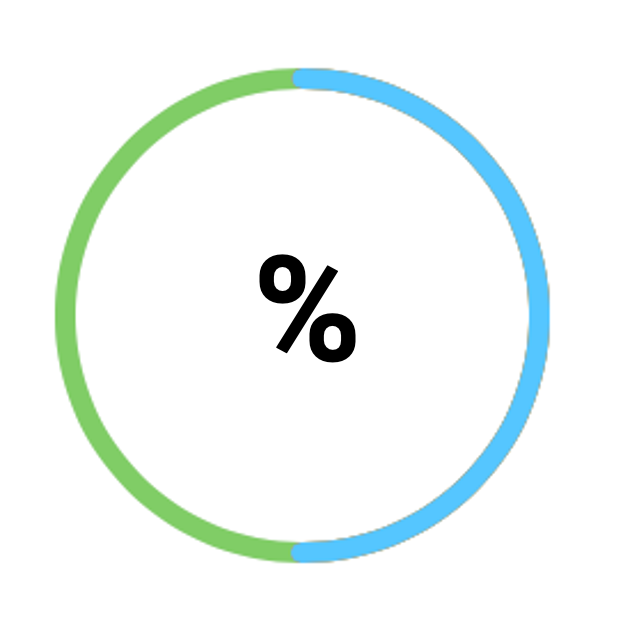SWOT Analysis: A Tool for Clarity and Strategy
Share this article
SWOT analysis is a strategic tool used to understand an organisation's Strengths, Weaknesses, Opportunities and Threats. It is an effective way to identify what works in your favour, what doesn't, and how external factors affect your business or project.
Here's a breakdown of each part and how you can use SWOT to improve the strategy of your company or business:
Strengths:
What are strengths?
Strengths are internal positive attributes that are unique to your organization or project. It can be skilled employees, strong brands, financial resources, technical capabilities or other competitive advantages.
How to identify strengths?
Start by asking yourself what you do better than others, what unique resources you have access to, and what others see as your strength.
Tip: Be honest and realistic.
Don't overestimate your strengths, but also be aware that even small advantages can be significant.
Weaknesses:
What are weaknesses?
Weaknesses are internal negative attributes that prevent you from achieving your full potential. It could be a lack of expertise, insufficient resources, poor processes or past mistakes that are still affecting.
How to identify weaknesses?
Look critically at your business and identify areas where you lack capacity or underperform.
Tip: Be self-critical but constructive.
Acknowledging weaknesses is the first step to improving them.
Opportunities (Opportunities):
What are opportunities?
Opportunities are external factors that you can use to your advantage. It could be market trends, new technologies, changes in regulations or changing customer needs.
How to identify opportunities?
Follow industry news, analyze market trends and listen to customers to understand how you can grow and improve.
Tip: Think long-term and be open to change.
Often the best opportunities are where you least expect them.
Hot (Threats):
What is threat?
Threats are external factors that can cause problems for your organization or project. It could be competition, negative market trends, changes in legislation or economic downturns.
How to identify threats?
Keep an eye on your competitors, the direction of the market and other external factors that can affect you negatively.
Tip: Be proactive.
By identifying threats in time, you can create strategies to reduce the risks or avoid them altogether.
Create a SWOT analysis for your company or organization
1. Assemble the team:The SWOT analysis becomes more powerful when it includes different perspectives. Gather a team from different parts of the organization to contribute.
2. Create a list:Use four separate lists to gather strengths, weaknesses, opportunities and threats.
3. Prioritize:Not all points are equally important. Decide which ones are most relevant and should be focused on.
4. Develop strategies:Use your SWOT analysis to create action plans. Strengths can be used to maximize opportunities and minimize threats, while weaknesses can be improved to avoid threats and exploit opportunities.
Consequence Analysis: Navigating the Future with SWOT
Now that you have your company's SWOT analysis - strengths, weaknesses, opportunities and threats - it's time to take the next step. How to use this information to create a strategic plan?
Read more about how to do an impact analysis on your SWOT...
A SWOT analysis is not a one-time activity. It is a continuous process where you regularly evaluate and adjust your strategy based on changes in your organization and the outside world. By regularly conducting a SWOT analysis for the company, you can keep your strategy relevant and effective.
Share this article
Did you like this article? Here is more...
Latest



